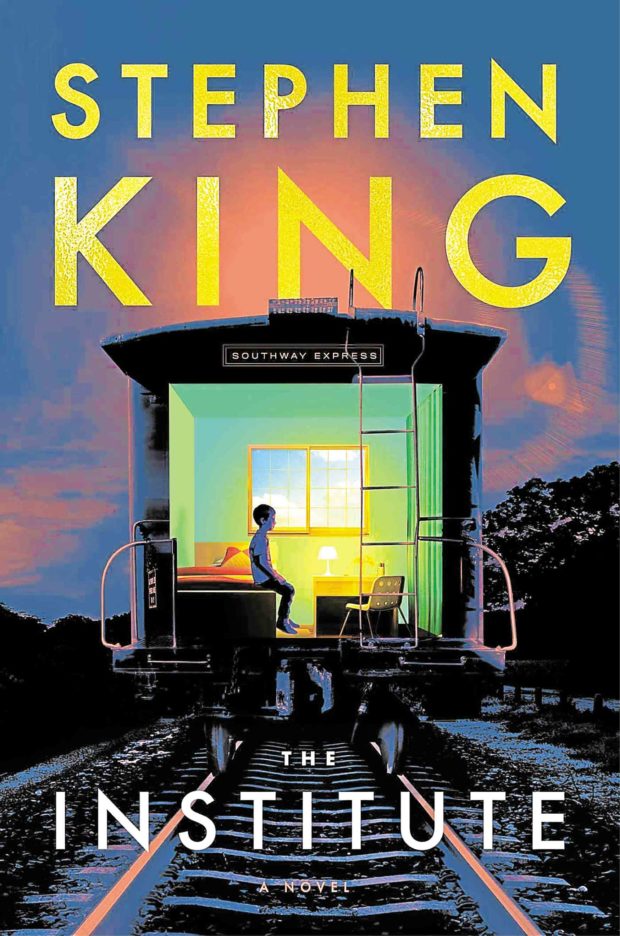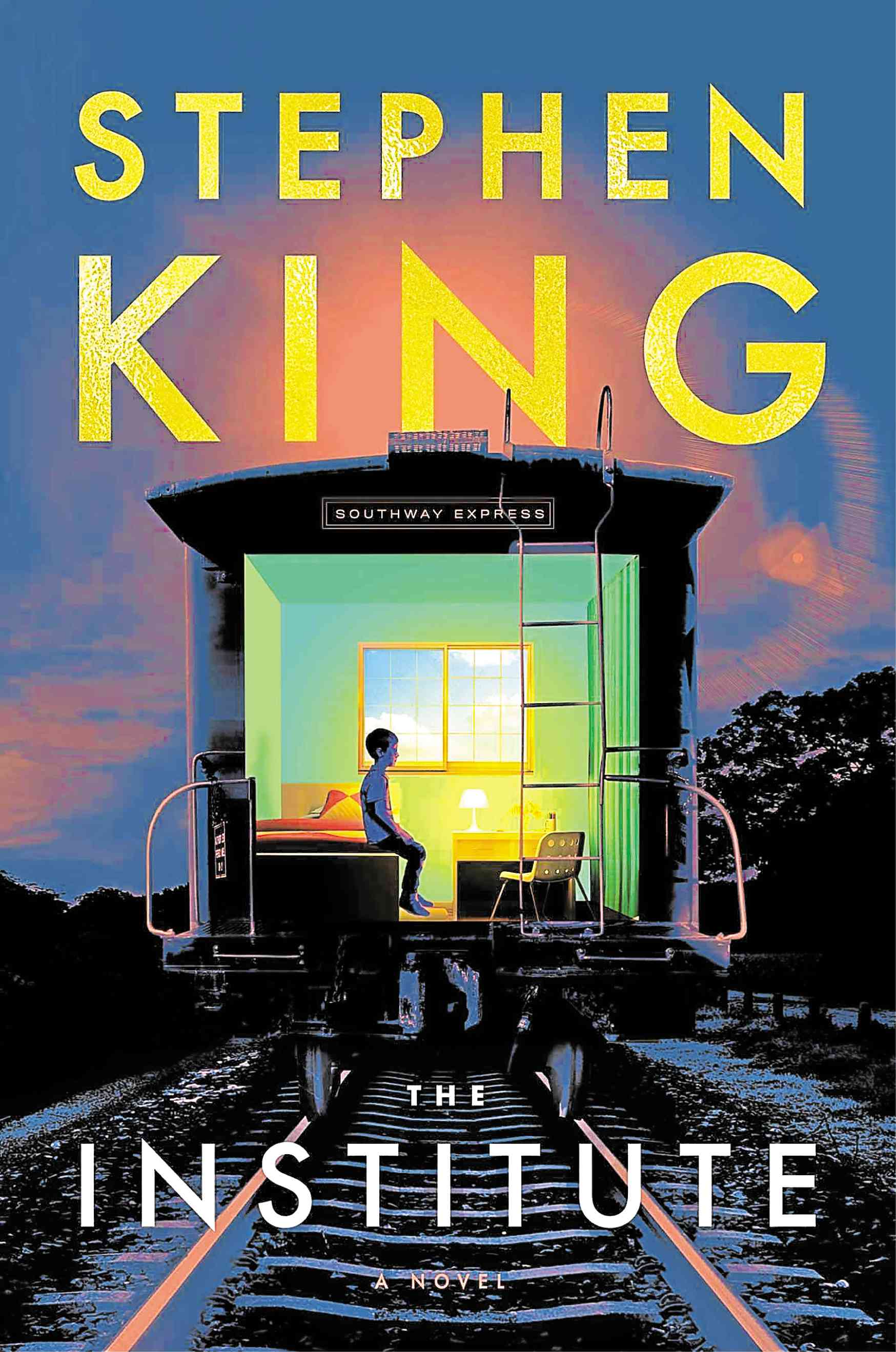 Superpowered individuals do not fare well in Stephen King’s books. King, the master of modern horror, has long had supernatural creatures prowling his books, exemplified by the shape-shifting Pennywise the Dancing Clown from his 1986 novel “It,” adapted for the small screen in 1990 and for the big screen in 2017 (also called “It”) and, most recently, in 2019 (“It Chapter Two”). More atmospheric horror can be seen in 2013’s “Doctor Sleep,” the sequel to 1977’s “The Shining” that is coming to the movie theater this year with Ewan McGregor in the lead role.
Superpowered individuals do not fare well in Stephen King’s books. King, the master of modern horror, has long had supernatural creatures prowling his books, exemplified by the shape-shifting Pennywise the Dancing Clown from his 1986 novel “It,” adapted for the small screen in 1990 and for the big screen in 2017 (also called “It”) and, most recently, in 2019 (“It Chapter Two”). More atmospheric horror can be seen in 2013’s “Doctor Sleep,” the sequel to 1977’s “The Shining” that is coming to the movie theater this year with Ewan McGregor in the lead role.
But King treats super powers more as a curse rather than a gift. His very first novel, 1974’s “Carrie,” revolved around a telekinetic character. Another famous example was 1980’s “Firestarter,” which revolved around a pyrokinetic. Since then, King has featured many characters struggling with his favorite psychic power—telepathy.
That rises to the surface in “The Institute” (Simon & Schuster, New York, 2019, 577 pages). Twelve-year-old Luke Ellis is a veritable child genius but is abducted in the middle of the night, his parents murdered. He wakes up in the titular Institute, a sterile, tightly guarded facility in Maine (where all King books invariably are set) where he and several other children are constantly being given injections and put through tests.
It turns out the children have been abducted because of their potential psychic abilities—the aforementioned telekinesis and telepathy. Luke gets to know the other kids around him: rebellious Nicky, sullen Helen, quiet George, meek Iris, compassionate Kalisha and, most importantly, the powerful but young Avery.
Luke starts to ask himself many questions. What are they being prepared for? Who are these people doing the abductions, the killings and the testing? What happens to the children after their period of testing and they disappear? Luke notes, to his horror, that he and his friends may be next. He must do something.
Readers will ask themselves how exactly that plot ties in to the bits that start, “The Institute,” which is how disgraced ex-cop Tim Jamieson arrives in the tiny, sleepy town of DuPray, South Carolina, to once again take up the badge. “The Institute” is a big book, and when King decides to connect the dots, they stay connected furiously.
Many readers tend to identify King with a very specific kind of supernatural horror, exemplified by truly terrifying work such as the 1975 vampire drama “’Salem’s Lot” and the reanimated 1983 shocker “Pet Sematary.” But King has also stretched out in epic adventures such as 1978’s “The Stand,” the expansive “Dark Tower” series and the 1987 obsessed-fan thriller “Misery.”
Kids as protagonists
Many of these elements are at play in “The Institute.” Just as all of these books theoretically exist in the same fictional universe, these books all possess King’s exacting, precise prose. The book starts off very slowly but picks up speed once the pieces come into play. “The Institute” also shows one of King’s strongest narrative devices: children as protagonists, something that made “It” such a winning read. Luke is the standout with his preternatural intelligence as well as his desperate determination, making him the requisite leader of any King book pack. Kalisha is the plucky but caring foil and Avery the vulnerable but crucial addition. It is fascinating to see how the children parallel those from earlier books. Tim is yet another King staple, the rumpled but kindhearted adult seeking redemption. The villains, the scientists at the Institute, are essentially contemporary takes on Nazi scientists, able to justify monstrous actions—even the torture of children—in the name of the greater cause they espouse. The Institute also represents a potentially important setting and player in the King-verse. If all this reminds readers of the hit Netflix series “Stranger Things,” that’s because the Duffer brothers were mightily influenced by King while working on the show.
Even though it bears so many other trademark King hallmarks, the book isn’t terrifying at all. The novel eschews the scares that King is usually identified with for what may be the closest thing to the author ever taking on the idea of superheroes. Even at almost 600 pages, “The Institute” is a terrific read and one doesn’t need to be telepathic to know that this is not going to be the last time readers will encounter these powerful characters.
Available in hardcover from National Book Store.













































